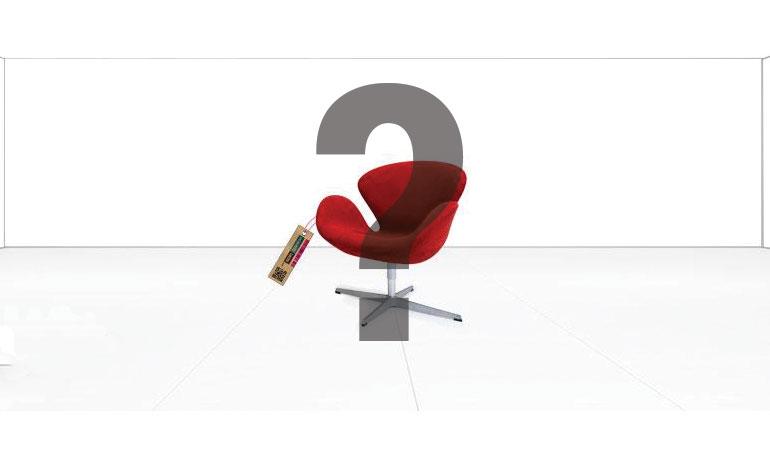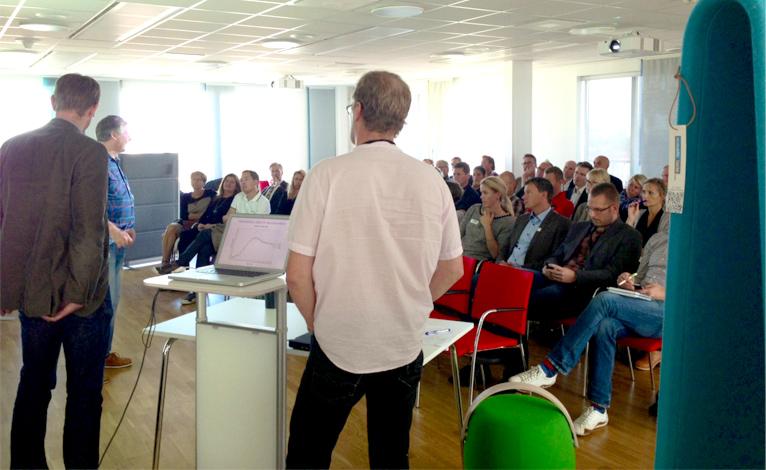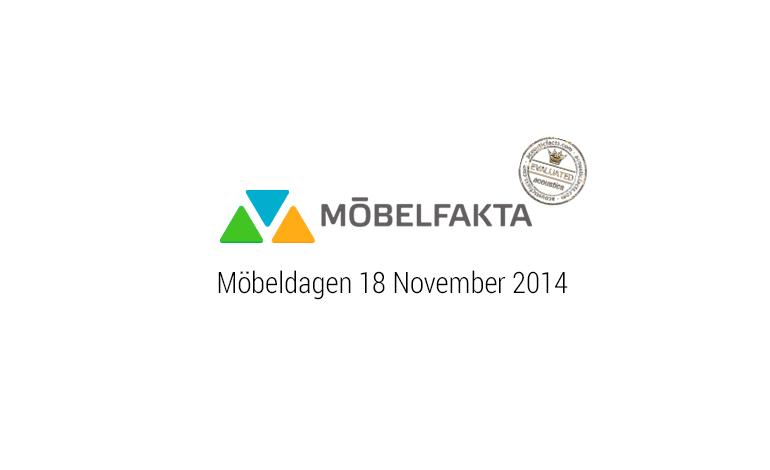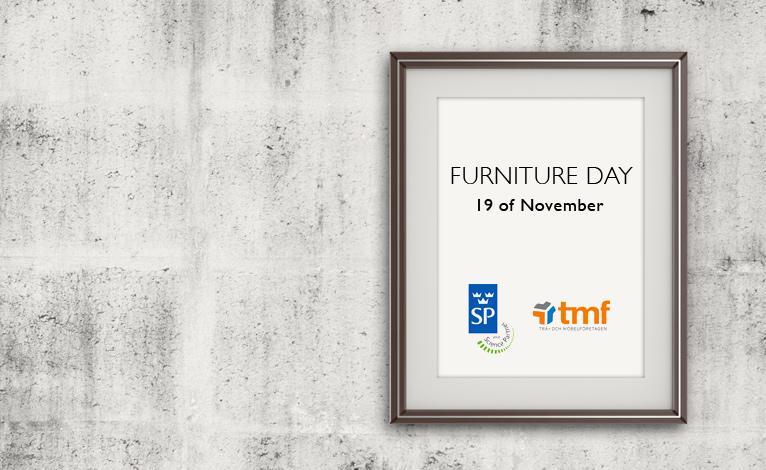How laboratory measurements are done
Making laboratory measurements on absorption are not as difficult as it may sound. A brief explanation of the procedure is given here in order to inform our clients on how laboratory measurements on sound absorption are performed. The first thing that need to be done is to get the products intended for testing to the laboratory. In general at least three objects are needed for absorption measurements according to SS 252 69 (absorption area/object). For measurements of absorption factor according to ISO 11654, 10 square meters are needed. Both types use the same technical measurement standard, ISO 354. All measurements are done in a special reverberation chamber. It is a room which is especially designed to have as long reverberation time as possible. On the measurement day, the laboratory technician first measures the reverberation time for the empty room. After that, the products are installed inside the reverberation chamber in a way which is as close to the real application as possible. All details in the installation is thoroughly discussed between the client and the laboratory technician to ensure that the measurement results are representative of a real installation and that the installation fulfils the requirements of the technical measurement standard (ISO 354). After the product installation the reverberation time is measured again. From the two reverberation times (with and without product in the reverberation chamber) it is possible to evaluate how much sound absorption that has been added to the room, and this sound absorption is attributed to the product. The final outcome of the measurement is a report describing the absorption characteristics of your product. The report includes both frequency spectrum of the sound absorption, i.e. how much sounds of different frequencies are absorbed, and single-number ratings (if applicable). Single-number ratings are only applicable to absorption factor measurements, e.g. for product aimed to be assembled to a final total area of at least 10 m2.



